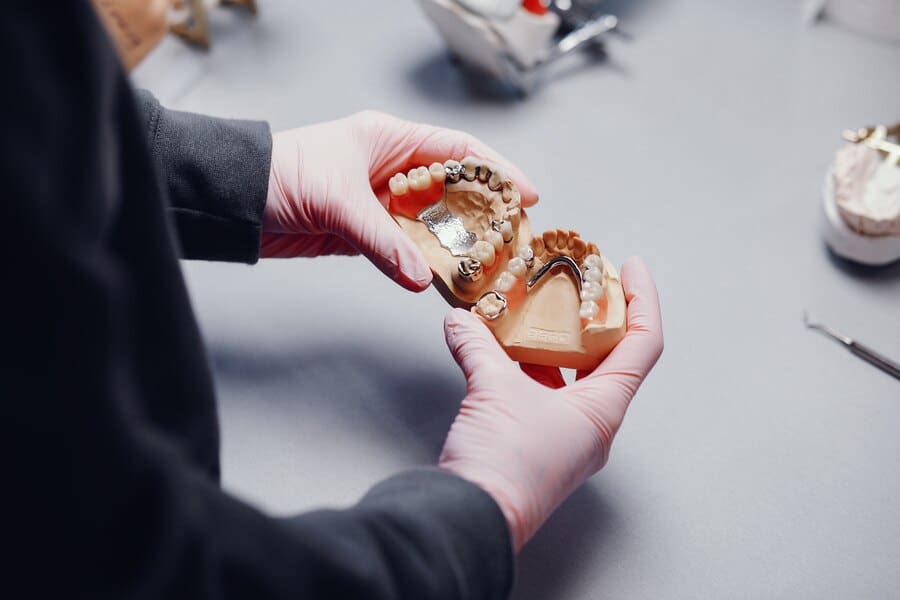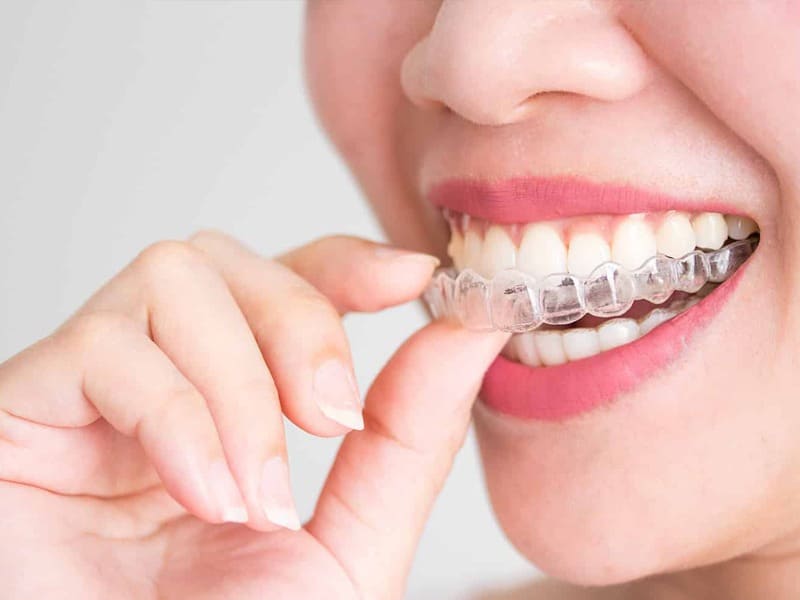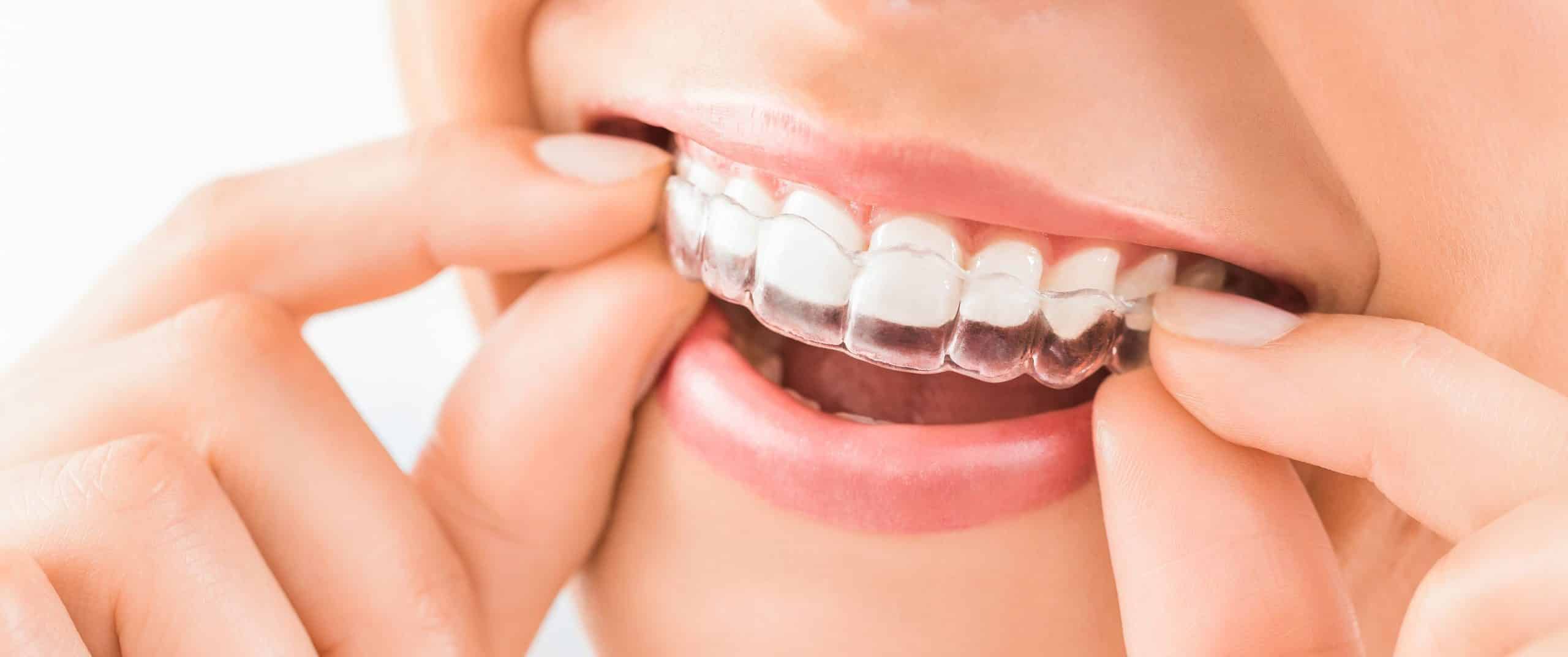Call: (630) 620-0929
The Environmental Impact of Invisalign: Sustainability in Orthodontics


The Environmental Impact of Invisalign: Sustainability in Orthodontics
In the ever-evolving landscape of orthodontics, a significant paradigm shift has taken place, drawing attention to the environmental impact of dental practices. One pioneering aspect of this movement is the consideration of the ecological footprint of orthodontic treatments, notably Invisalign. As Invisalign Dentist Lombard delves into the realm of sustainability in orthodontics, it becomes apparent that the choices we make in dental care can reverberate beyond oral health, influencing the well-being of our planet.
The Green Revolution in Orthodontics
Invisalign: A Greener Alternative
In recent years, the orthodontic industry has witnessed a surge in demand for eco-friendly alternatives, and Invisalign has emerged as a frontrunner in this green revolution. Unlike traditional braces that utilize metal brackets and wires, Invisalign aligners are crafted from recyclable medical-grade plastic. It not only minimizes waste but also reduces the carbon footprint associated with orthodontic treatments.
Sustainable Materials and Manufacturing
The manufacturing process of Invisalign aligners is a testament to the commitment to sustainability. The use of biocompatible materials ensures that the aligners are not only effective but also environmentally friendly. The production process itself adheres to stringent eco-friendly standards, utilizing energy-efficient technologies to minimize the overall environmental impact.
Beyond the Treatment Chair
Reduced Carbon Footprint
The delivery of materials is an often ignored part of orthodontic procedures. Traditional braces, with their metal components, necessitate the frequent transport of heavy materials. In contrast, Invisalign aligners are lightweight and compact, reducing the carbon footprint associated with transportation. This seemingly small detail contributes significantly to the overall sustainability of the treatment.
Biodegradability and Disposal
As we ponder the environmental implications of orthodontic treatments, the issue of disposal cannot be ignored. Invisalign aligners, made from recyclable materials, are designed to be easily disassembled and recycled. It contrasts sharply with the challenges posed by the metal components of traditional braces, which often end up in landfills, contributing to environmental degradation.
Patient Experience and Environmental Consciousness
Comfort and Convenience
While the environmental impact is a crucial aspect, it is equally important to consider the patient experience. Invisalign aligners provide a comfortable and convenient alternative to traditional braces. The absence of metal components eliminates the discomfort associated with wires and brackets, fostering a positive orthodontic journey for patients.
Educating for Sustainability
Beyond the treatment itself, Invisalign promotes environmental consciousness among patients. Through educational materials and campaigns, patients are made aware of the ecological benefits of choosing a sustainable orthodontic solution. This knowledge lasts beyond the therapy time, affecting lifestyle choices and instilling a feeling of environmental responsibility.
The environmental impact of Invisalign on orthodontics is a compelling narrative in the contemporary dental landscape. The sustainable materials, eco-friendly manufacturing processes, and reduced carbon footprint make Invisalign Dentist Lombard as a commendable choice for those seeking effective orthodontic solutions with a conscience. As we navigate the intersection of dental care and environmental responsibility, it is evident that the choices we make within the realm of orthodontics can contribute to a greener, healthier planet.





